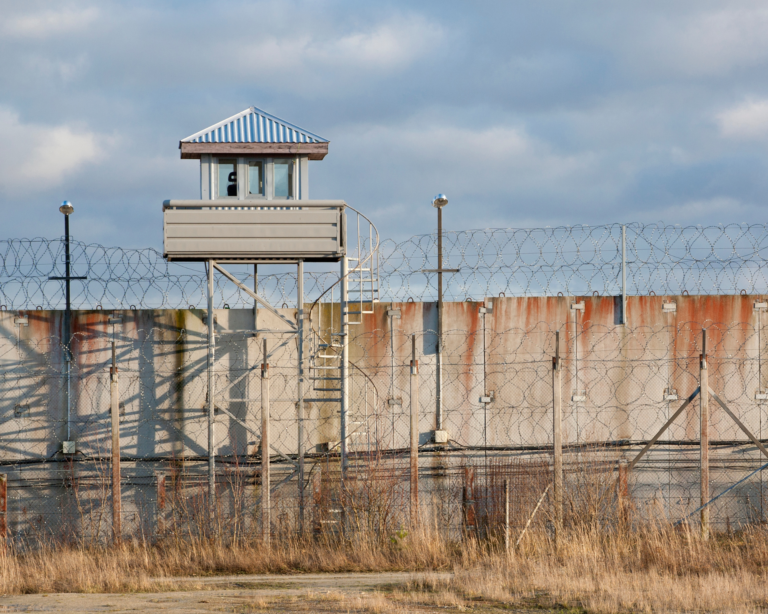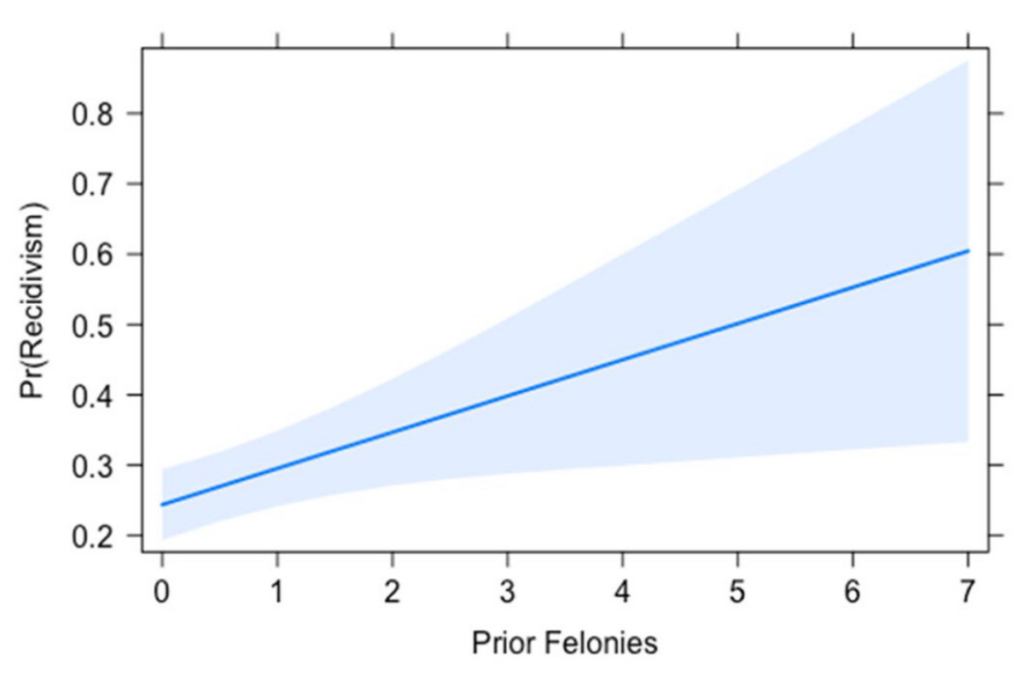Domestic Violence Reoffending
The more a person interacts with the criminal justice system, the more likely they are to reoffend, resulting in future contacts.

Read Time: 2 minutes
Published:
Recidivism refers to the likelihood that a person who has committed a crime and been incarcerated will return to jail or prison for committing another crime. Domestic violence offenders have higher recidivism rates than many other convicted felons. The criminal justice system has tried various means to reduce these rates and prevent future abuse of intimate partners, but these efforts have had limited success.
Danielle Romain Dagenhardt and colleagues conducted a study to determine whether imprisonment for rule violations during probation for persons charged with domestic violence—a severe sanction—affects the likelihood of committing further domestic violence crimes. The researchers analyzed court records, participant observations, and police reports from 347 probation review hearings in courts across the Midwest. They measured recidivism by tracking new criminal charges filed within 24 months of the review hearing and the time until another charge occurred. The study examined factors such as days jailed, drug/alcohol use, race, gender, age, prior convictions, and offense severity to determine the likelihood and timing of reoffending.

As shown in the figure above, the researchers found a direct correlation between number of prior convictions and the likelihood of recidivism. The probability of recidivism increased from 24% for those with no prior felonies to 61% for those with seven prior felonies. The researchers concluded that the more an individual interacts with the criminal justice system, the more likely they are to have additional contacts in the future.
Additionally, the researchers found that jail sanctions for technical violations not only fail to deter future offenses but also accelerate reoffending. Rather than acting as a deterrent, jail sanctions may disrupt the lives of offenders in ways that make it harder for them to avoid future criminal behavior. Underlying issues such as substance misuse appear to drive recidivism, with probationers who violated sobriety orders showing significantly higher likelihoods of reoffending.
These findings underscore the complex and unpredictable interplay between criminal justice interventions and public health outcomes. The cycle of violence and the societal costs associated with repeated offenses point to the need for novel policies and interventions to support the long-term rehabilitation of offenders and to protect public safety.



